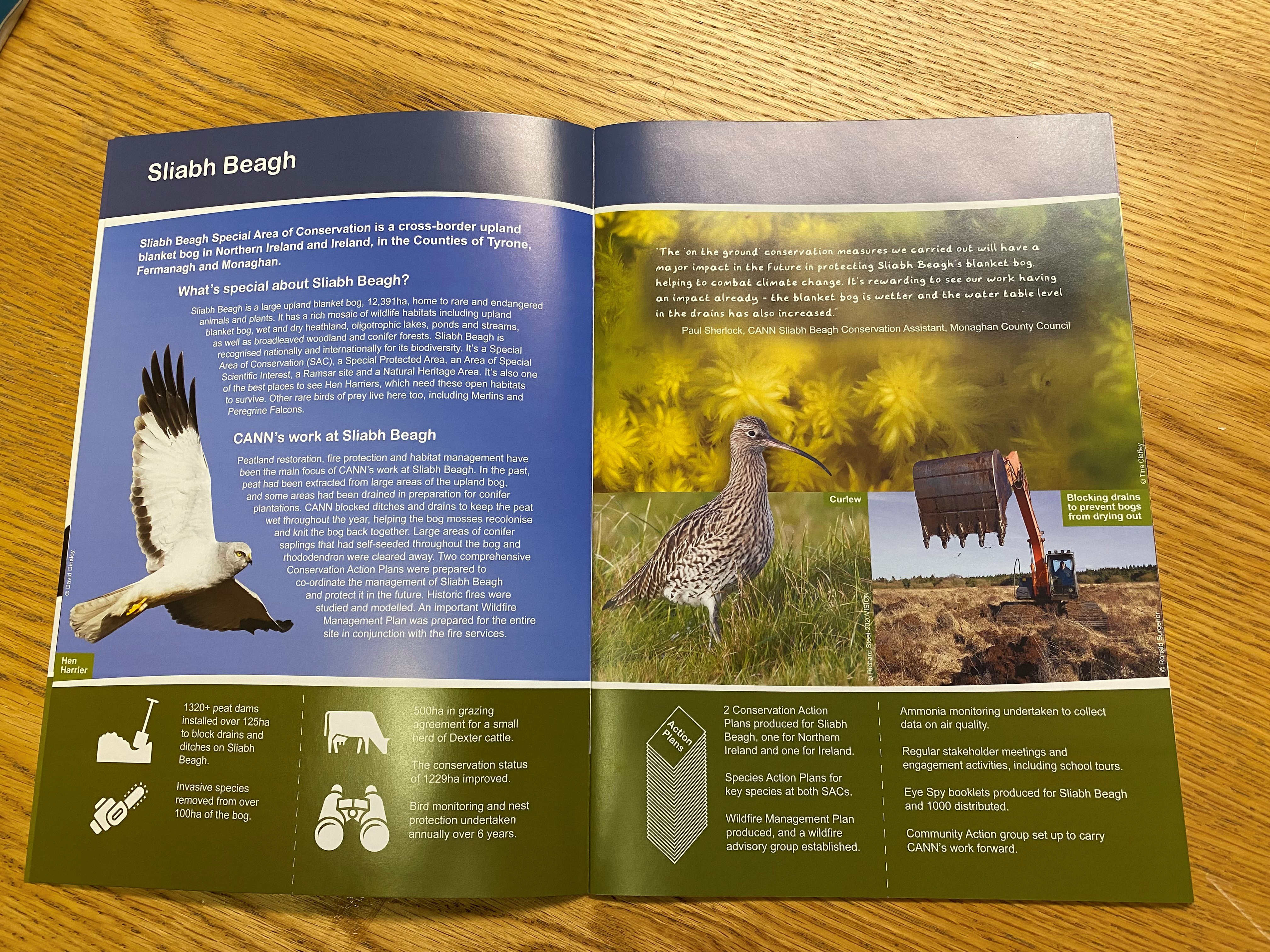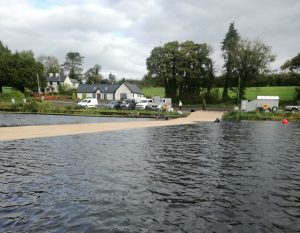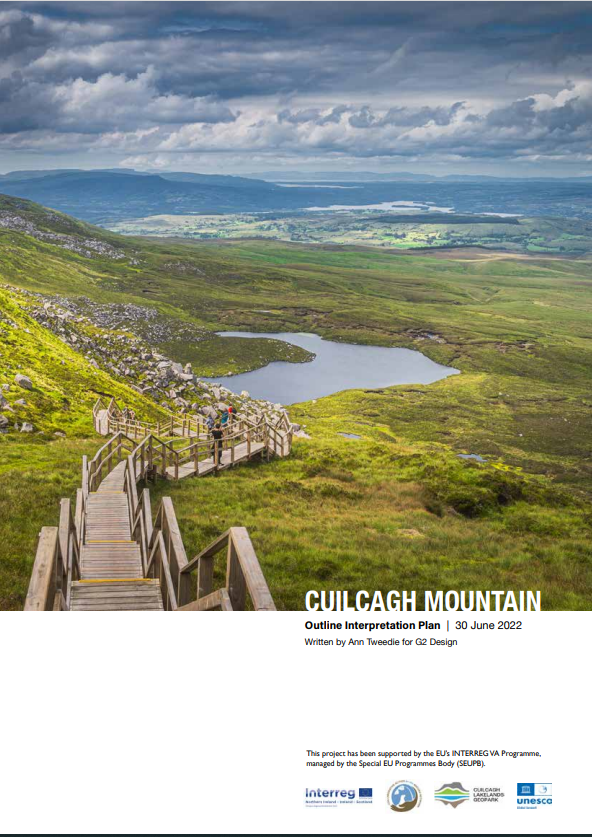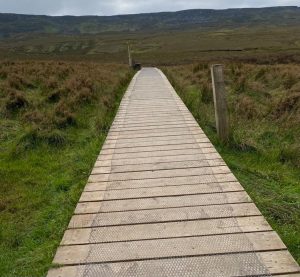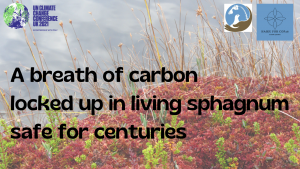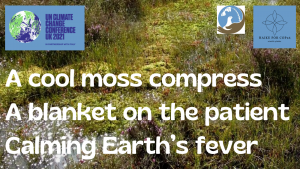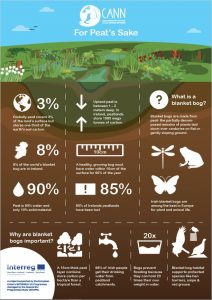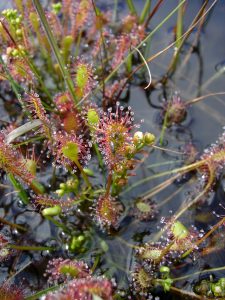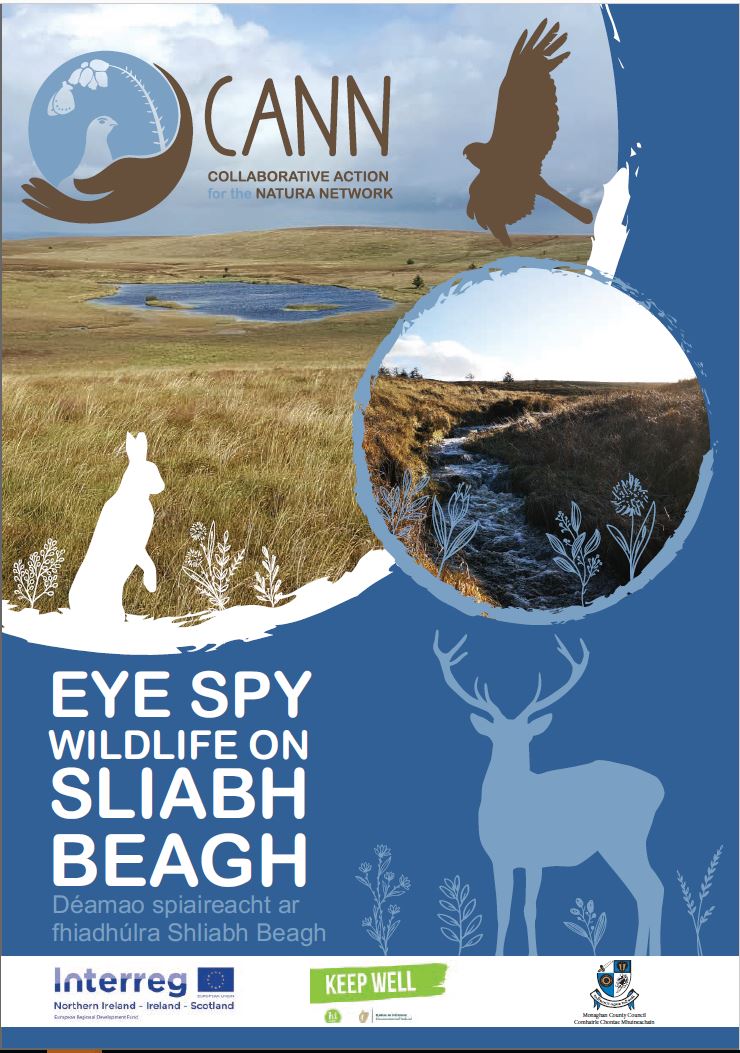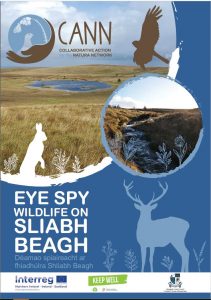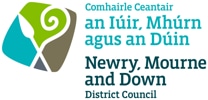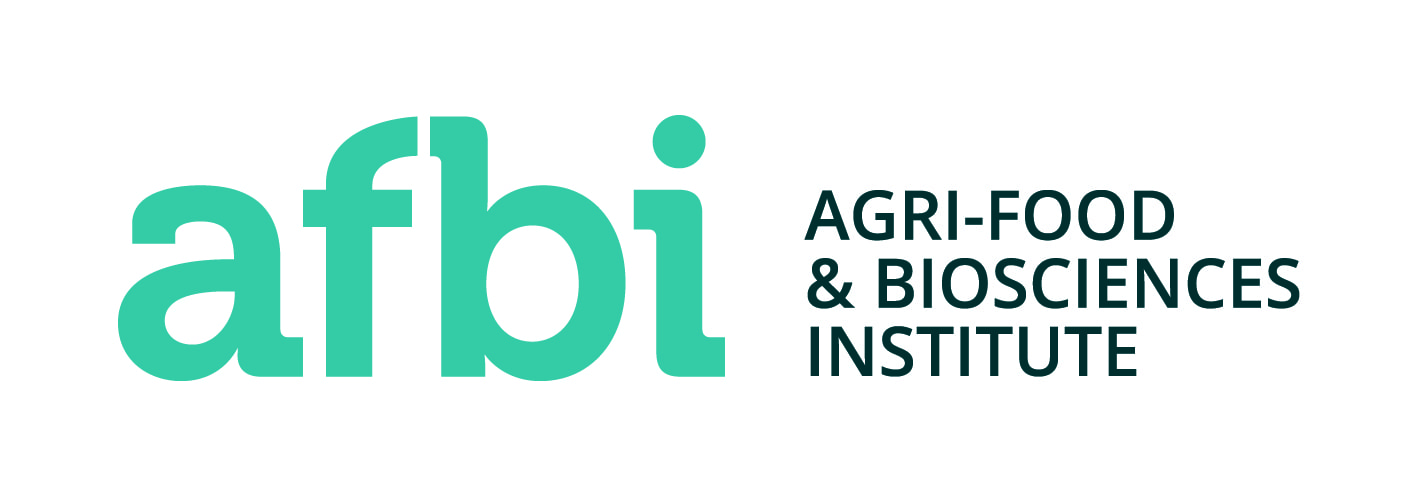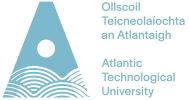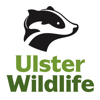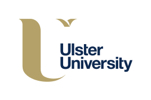CANN was a cross-border conservation project to improve peatland and wetland habitats for wildlife and for people.
This booklet celebrates and summarizes the achievements of the eleven partners in the CANN Project, between 2016 and 2022.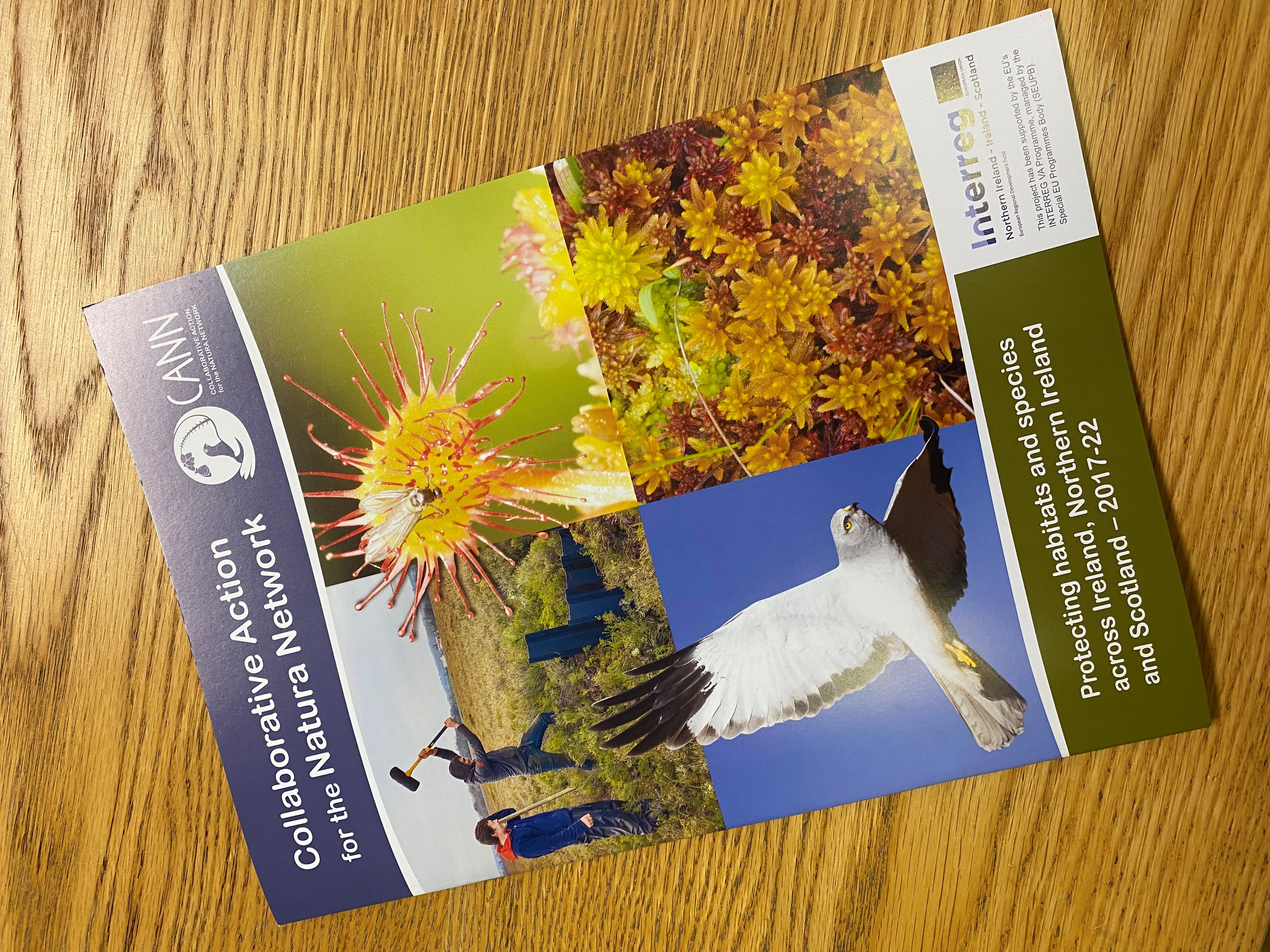
CANN, Collaborative Action for the Natura Network, was an INTERREG VA project, one of 60 programmes across the European Union designed to promote greater levels of cross-border co-operation. CANN worked across Northern Ireland, Ireland and Scotland, liaising closely with landowners and land managers to improve the condition of over 25,000ha of internationally important wildlife sites. All the sites involved are Special Areas of Conservation (SACs), designated by the European Union.
Eleven partner organisations worked together, carried out detailed ecological and hydrological research and prepared 26 Conservation Action Plans. They also undertook practical conservation actions
from these plans to improve the condition of peatland and wetland SACs. CANN delivered citizen science and outreach activities to local communities and schools, co-ordinated training for staff and volunteers and shared best practice. CANN achieved key EU biodiversity targets, safeguarding the sites
and ensuring their future.
Download a pdf copy here. Or for an easier reading experience have a look at this flipbook

